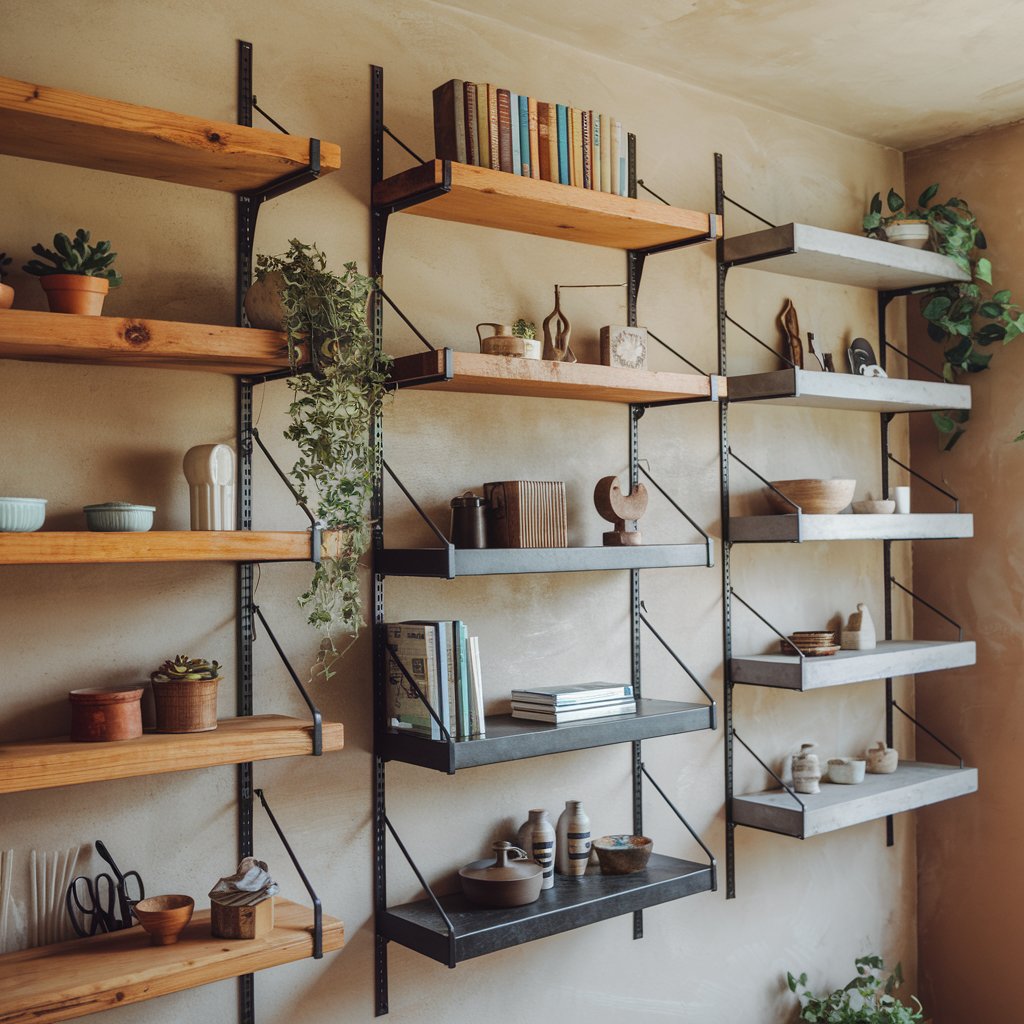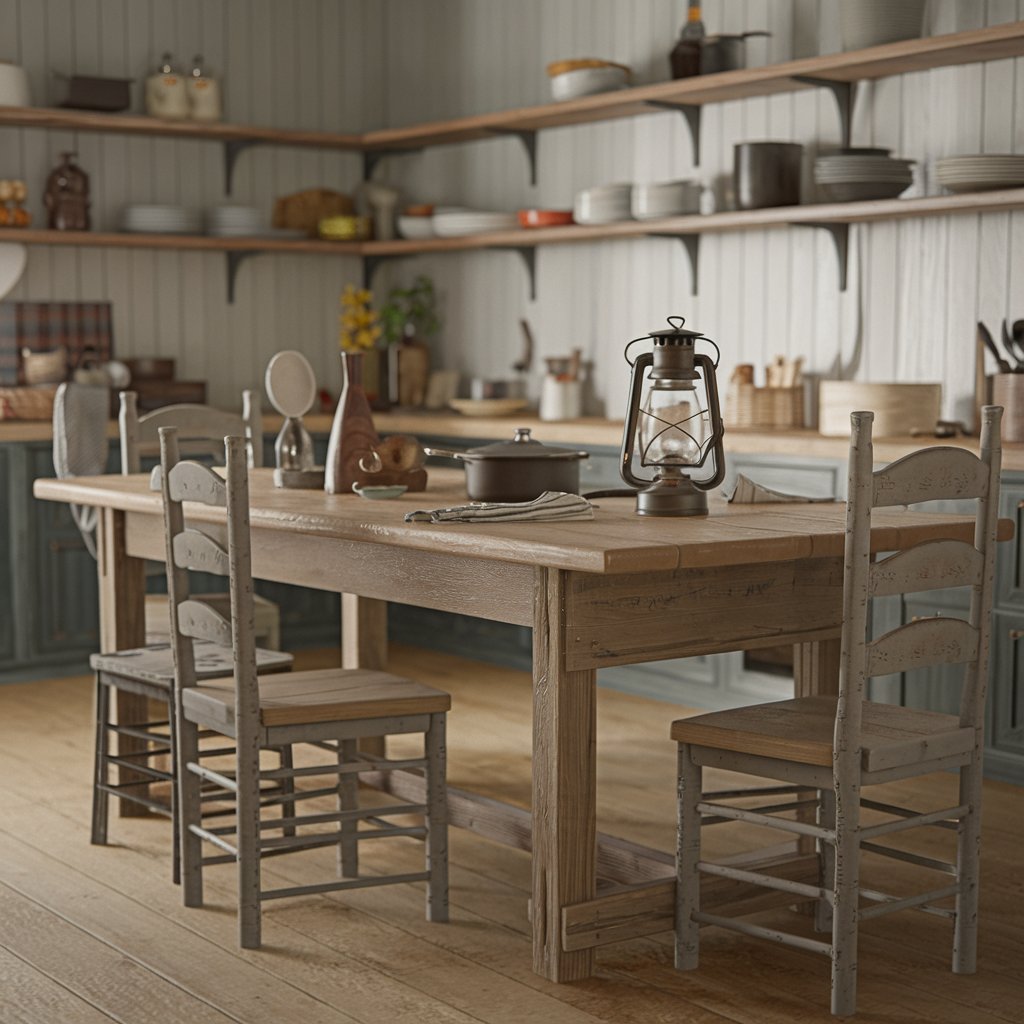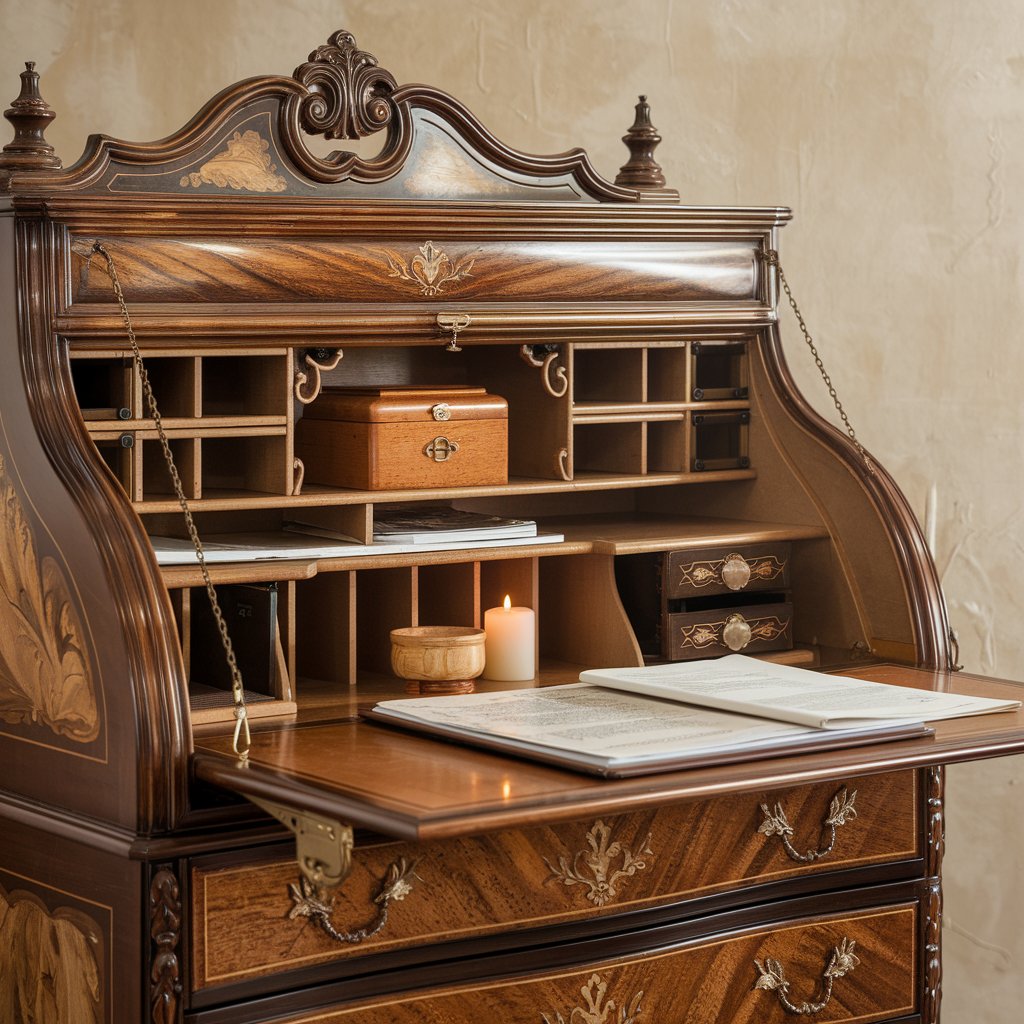Craft Your Dream Furniture: Woodworking Ideas for Every Skill Level
Woodworking is a timeless craft that allows you to create beautiful, functional pieces of furniture that can last for generations. Whether you’re a novice eager to start your first project or an experienced craftsman looking for new challenges, this guide will inspire you with woodworking ideas suited to every skill level. Let’s embark on a journey to craft your dream furniture!

Understanding Skill Levels in Woodworking
Before diving into specific projects, it’s important to understand the different skill levels in woodworking:
- Beginner: Little to no experience, learning basic tools and techniques
- Intermediate: Comfortable with basic skills, ready to tackle more complex projects
- Advanced: Proficient in various techniques, able to create intricate designs
- Expert: Mastery of woodworking, capable of creating original, complex pieces
Remember, these levels are fluid, and you’ll often find yourself at different levels for different skills. The key is to challenge yourself while staying within your capabilities.
Essential Tools for Furniture Making
While the specific tools you’ll need will vary by project, here’s a basic toolkit for furniture making:
For Beginners
- Measuring and marking tools (tape measure, square, pencil)
- Hand saw
- Chisel set
- Hammer
- Screwdrivers
- Sandpaper and sanding block
- Wood glue
- Clamps
For Intermediate to Advanced
- Power drill
- Circular saw
- Jigsaw
- Random orbital sander
- Router
- Table saw
- Miter saw
- Planer
Beginner-Friendly Furniture Projects
Starting with simple projects helps you build confidence and develop essential skills. Here are some ideas:
1. Floating Shelves
Floating shelves are a great first project. They’re simple to make, highly customizable, and immediately useful.
Skills you’ll learn:
- Measuring and cutting wood
- Using a level
- Basic finishing techniques
Materials needed:
- Wood planks (pine is a good, inexpensive option)
- Brackets
- Wood screws
- Wood stain or paint

2. Rustic Side Table
A simple side table is an excellent project for beginners ready to try basic joinery.
Skills you’ll learn:
- Creating lap joints
- Using a circular saw
- Sanding and finishing
Materials needed:
- 2×4 lumber
- Wood screws
- Wood glue
- Sandpaper
- Wood finish of choice
3. Shoe Rack
A shoe rack combines practicality with a chance to work on your woodworking skills.
Skills you’ll learn:
- Cutting identical pieces
- Creating a sturdy frame
- Basic assembly techniques
Materials needed:
- 1×4 boards
- Wood glue
- Wood screws
- Sandpaper
- Wood stain or paint
Intermediate Woodworking Projects
As your skills improve, you can tackle more complex projects that involve more intricate joinery and design elements.
1. Farmhouse Dining Table
A farmhouse dining table is a classic piece that can become a family heirloom.
Skills you’ll develop:
- Working with larger pieces of wood
- Creating sturdy leg assemblies
- Breadboard ends (optional)
Materials needed:
- 2×6 boards for the top
- 4×4 posts for legs
- 2x4s for aprons and supports
- Wood glue
- Lag bolts and screws
- Wood finish

2. Bookshelf with Adjustable Shelves
This project introduces you to cabinet-making techniques while creating a versatile piece of furniture.
Skills you’ll develop:
- Dadoes and grooves
- Working with plywood
- Edge banding
- Installing adjustable shelf hardware
Materials needed:
- Plywood sheets
- Solid wood for face frame
- Edge banding
- Shelf pins
- Wood glue and screws
- Finish of choice
3. Mid-Century Modern Coffee Table
This stylish project helps you work on your design skills while creating a functional piece.
Skills you’ll develop:
- Tapering table legs
- Creating smooth, rounded edges
- Working with veneer (optional)
Materials needed:
- Hardwood boards (like walnut or oak)
- Tapered legs (can be bought or made)
- Wood glue
- Screws
- Veneer (optional)
- Danish oil or other finish
Advanced Woodworking Projects
For those ready to push their skills to the limit, these projects offer significant challenges and rewards.
1. Roll-Top Desk
A roll-top desk is a complex project that showcases a wide range of woodworking skills.
Skills you’ll master:
- Complex joinery (dovetails, mortise and tenon)
- Creating and installing the tambour (rolling top)
- Building and fitting drawers
- Detailed interior organization
Materials needed:
- Hardwood of choice (oak is traditional)
- Plywood for panels
- Hardware (hinges, locks, drawer slides)
- Canvas for tambour
- Wood glue
- Finish of choice

2. Sculpted Rocking Chair
A rocking chair combines comfort with artistic expression, pushing your skills in shaping and joinery.
Skills you’ll master:
- Steam bending wood
- Sculpting complex curves
- Advanced joinery for strength and flexibility
- Ergonomic design principles
Materials needed:
- Hardwood (e.g., maple, walnut)
- Templates for chair parts
- Steam bending equipment
- Specialized chair hardware
- Wood glue
- Oil finish
3. Marquetry Cabinet
Marquetry, the art of creating patterns with wood veneer, takes your furniture making to an artistic level.
Skills you’ll master:
- Working with veneer
- Creating complex patterns
- Precision cutting and fitting
- Advanced finishing techniques
Materials needed:
- Base wood for the cabinet
- Various wood veneers
- Veneer saw or knife
- Contact cement
- Fine sandpaper
- Clear finish
Expert-Level Woodworking Challenges
For those who have mastered advanced techniques, these projects offer the ultimate test of skill and creativity.
1. Spiral Staircase
Building a spiral staircase requires precision, structural knowledge, and artistic vision.
Skills you’ll perfect:
- Complex 3D design and planning
- Laminating and shaping large curved pieces
- Ensuring structural integrity
- Installing while maintaining precision
Materials needed:
- Hardwood for treads and railings
- Laminated wood for central column
- Steel reinforcements
- Specialized staircase hardware
- Finish of choice

2. Pipe Organ Cabinet
While the pipes and mechanics would typically be sourced, creating the cabinet for a pipe organ is a monumental woodworking challenge.
Skills you’ll perfect:
- Large-scale project management
- Acoustic properties of wood
- Intricate decorative carving
- Integrating wood with other materials (metal pipes, mechanics)
Materials needed:
- Various hardwoods
- Plywood for larger panels
- Carving tools
- Specialized organ cabinet hardware
- Finish that complements the pipes
Tips for Success in Furniture Making
Regardless of your skill level, these tips will help you create better furniture:
- Plan thoroughly: Sketch your ideas, create detailed plans, and make cut lists before starting.
- Choose the right wood: Consider the wood’s properties, appearance, and suitability for the project.
- Prioritize accuracy: Precise measurements and cuts are crucial for professional-looking results.
- Invest in good tools: Quality tools make your work easier and more enjoyable.
- Practice joinery: Strong, well-executed joints are the hallmark of good furniture.
- Sand progressively: Start with coarse grits and progress to finer ones for a smooth finish.
- Test finishes: Always test your chosen finish on scrap wood before applying it to your project.
- Learn from mistakes: Every project teaches you something new. Embrace the learning process.
Incorporating Technology in Furniture Making
While traditional hand tools remain crucial, modern technology can enhance your woodworking:
- 3D design software: Tools like SketchUp or Fusion 360 can help you visualize and plan projects.
- CNC routing: For intricate, repeatable patterns or joints.
- Laser cutting: Ideal for creating inlays or precise small parts.
- 3D printing: Useful for creating jigs, templates, or decorative elements.
Remember, technology should complement, not replace, fundamental woodworking skills.
Sustainable Practices in Furniture Making
As a woodworker, you have the opportunity to promote sustainability:
- Use reclaimed wood: Give new life to old wood, each piece with its own history.
- Choose sustainably sourced lumber: Look for FSC-certified wood.
- Minimize waste: Plan cuts efficiently and find uses for offcuts.
- Use eco-friendly finishes: Opt for natural oils or water-based finishes.
- Create lasting pieces: Well-made furniture that lasts for generations is inherently sustainable.
The Business of Custom Furniture
For those considering turning their passion into a profession:
- Develop a signature style: What makes your furniture unique?
- Price your work fairly: Account for materials, time, skill, and market demand.
- Build a portfolio: Showcase your best work through high-quality photos.
- Understand your market: Who are your ideal customers? What do they value?
- Learn to communicate with clients: Translating a client’s vision into reality is a crucial skill.
- Continually educate yourself: Stay updated on trends, techniques, and business practices.
Conclusion: Your Woodworking Journey
Crafting your dream furniture is a rewarding journey that combines creativity, skill, and patience. Whether you’re building your first shelf or designing a complex piece of functional art, each project is an opportunity to learn and express yourself.
Remember, every master woodworker was once a beginner. The key is to start where you are, challenge yourself gradually, and enjoy the process. With each project, you’ll not only create beautiful furniture but also develop a deeper appreciation for the craft and the satisfaction of creating with your own hands.
So, pick up those tools, smell the freshly cut wood, and start crafting. Your dream furniture awaits, ready to be born from your imagination and skill. Happy woodworking!

